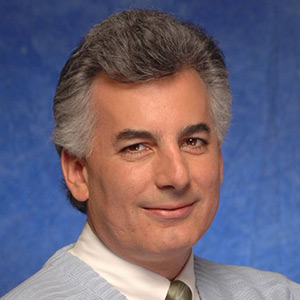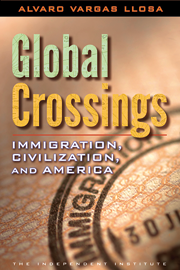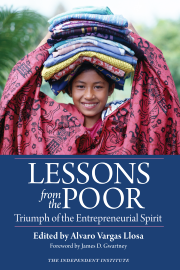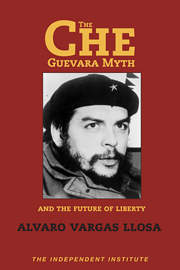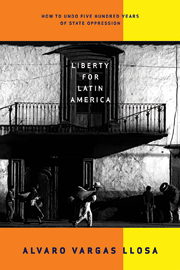WASHINGTON—Two years ago, the life of Manuel Mendez del Rio, general director and head of global risk management at the Spanish bank BBVA, took an unexpected turn. His fellow directors decided to entrust him with the responsibility of launching a BBVA Microfinance Foundation that would bring credit to the poor in Latin America. The conditions were simple: He would have 200 million euros (about $277 million) at his disposal, but he would have to run a profitable enterprise because the foundation would not get one more penny from the bank.
The mission fit Mendez del Rio’s own philosophy well. He believed in enterprise rather than charity and was convinced that the big financial institutions were missing the chance to serve potentially 500 million poor people in the world by placing most of their focus on their clients’ collateral and guarantees, as opposed to the merits of their business proposals. And, it could revolutionize economic development.
To be sure, a few other microfinance institutions lend money to the poor without asking for collateral. The best known is Bangladesh’s Grameen Bank, which won the Nobel Prize a few years ago. But it is funded by selling bonds guaranteed by the Bangladeshi government and operates on the principle of peer pressure—each borrower has to be part of a group that makes sure he or she manages the loan responsibly and pays it back. Mendez del Rio manages risk the old-fashioned way—by gauging the sustainability of the proposals put forth by borrowers. And he has no government backing.
The BBVA Microfinance Foundation went around Latin America buying various nongovernmental or semi-governmental organizations and turning them into small private banks obliged to survive by making a profit. From Colombia to Peru to Chile to Puerto Rico, the foundation absorbed, restructured and trained the various institutions, and then started to engage the entrepreneurial poor. In just one year, it has lent money to more than a million Latin Americans. In Colombia, the average loan, typically involving commercial activities, amounts to $870, while in Peru, where the lending relates primarily to farming and livestock, the figure is $1,600. The rate of delinquency is a mere 3 percent. The foundation is on the verge of being profitable and will reinvest all the money, expanding its reach to other parts of the world.
“We want the activities we fund to be sustainable,” Mendez del Rio recently told me over lunch, “because that is the only way to effect economic development for millions of poor people.”
The obstacles standing in the way are not a dearth of business initiatives, lack of infrastructure, or insufficient education and capital. The main problem is that government policies are inadequate and insensitive to the entrepreneurial revolution now taking place among people once considered beyond the reach of bank loans and the market.
“Current regulations,” says Mendez del Rio, “are focused on regulating the microfinance institutions themselves rather than setting a very general framework for the activity, and this has the effect of mixing up productive loans with a minimal delinquency rate with consumer loans, mostly through credit cards, in which excessive credit and high delinquency are the norm.” In other words, government rules are hurting the good guys in attempting to pre-empt the bad ones.
Mendez del Rio wants nothing from politicians—except sorting out the property registries, which are a mess, and clearly defined property rights. Because of current inefficiencies, there is no reliable registry of the credit records of most of the poor. He considers this unfair: “The greatest wealth that the majority of poor people have to start with is their honesty and fulfillment of commitments, something that, in the absence of records, is lost.”
In his book “Security Analysis,” Benjamin Graham, the legendary Wall Street figure and theoretician of “value investing,” wrote that “traditionally the investor has been the man with patience and the courage of his convictions who would buy when the harried or disheartened speculator was selling.” At a time when the world is picking up the pieces of the last speculative bubble, it is heartening to know that there are still investors out there renewing the promise of free enterprise for the excluded masses.

